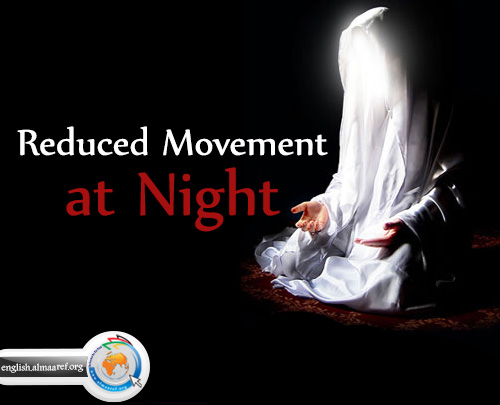For an easy answer to this question, we only need to understand that light
travels in a straight line but the Earth is slightly tilted on its axis. At
certain times as the planet travels around the Sun and rotates to expose parts
of the Earth to the sun, some of the sunlight doesn’t reach all parts of the
planet equally.
Of course, most people understand that when the sunlight is directly on one part
of the planet the other side is dark. Sunlight doesn’t get to that side. But
there is something more to this process that creates the different seasons many
people experience.
The Earth is slightly tilted on its axis. If you can imagine a straight line
passing through the planet through the North and South poles, this is the axis.
That line isn’t straight up and down in relation to the Sun. At times the top of
this line points away from the Sun, at other times it points toward the Sun.
Seasons occur, for example, when the axis points toward the Sun people in the
Northern Hemisphere experience summer and the people on the southern half of the
planet experience winter.
If the axis of the Earth is basically straight up (90 degrees) in relation to
the sun, the days are about the same length and we have the other two seasons –
spring and autumn (commonly known as fall).
Basically, when sunlight is shining more directly on part of the Earth or all of
the Earth on one “side” the planet receives more light and heat. The difference
between the Northern hemisphere and Southern hemisphere comes when the
sunlight’s center is north or south of the equator (the mid-point around the
earth).
We are able to determine the day that we move generally from spring to summer
and from summer to autumn etc. For instance, when the axis of the Earth points
toward the Sun as far as it’s going to (on June 21) those in the Northern
hemisphere have what is called the solstice. According to the dictionary this
word comes from the Latin and generally means that the sun “stands.”
There are locations on the Earth that do not experience four distinct seasons.
Because of the exact location on the planet some places receive direct sunlight
or almost direct sunlight whenever the rotation of the Earth produces daylight.
The farther north or south that a person lives on the planet, the longer winter
will be, simply because the extreme north and south portions receive less direct
sunlight.
You will be in an area that receives sunlight more directly than any other area
of the Earth if you live near the equator. Temperatures won’t vary as much
because of that direct sunlight. Thus you don’t experience the distinct changing
of seasons as others do. The reason for this is quite simple: the regions of the
Earth near the equator aren’t affected by the tilt of the Earth’s axis as much
as those farther north and farther south. The reasons for the seasons are
complex, but in the end, it is rather easy to understand why we have seasons.
* Source: thegeminigeek.com




















